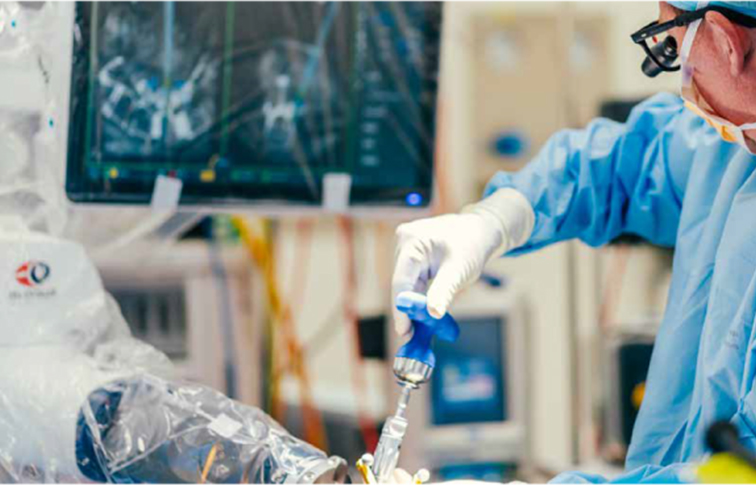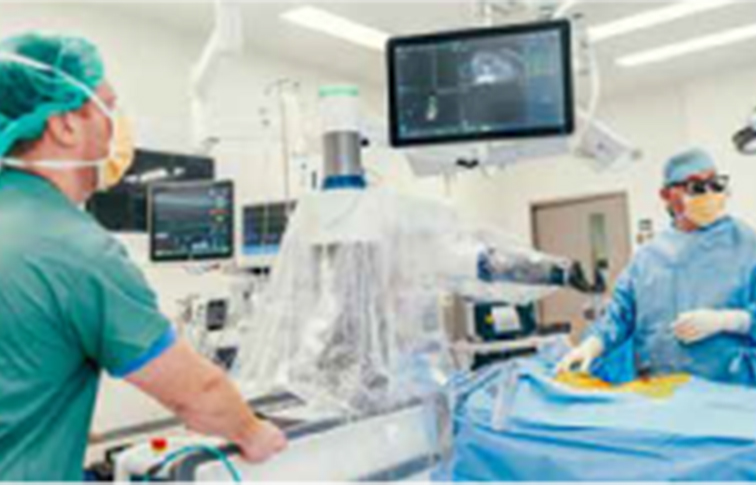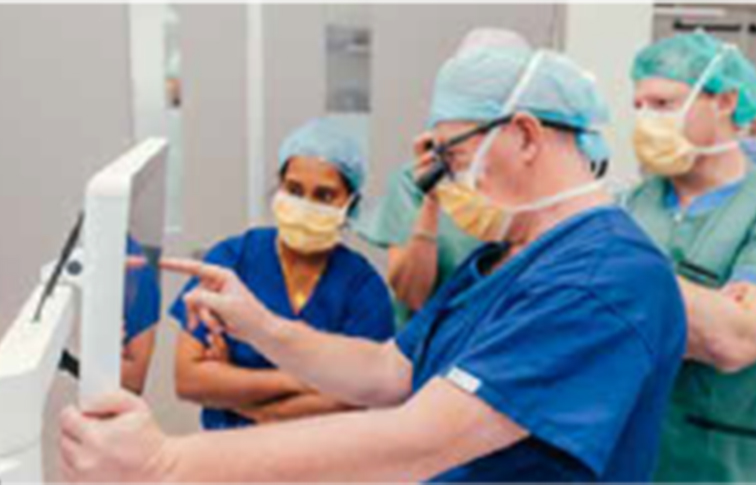Discover how Professor Brian Owler is transforming spine surgery at the San using the ExcelsiusGPS robotic navigation system.

In a significant advancement for spinal surgery in Australia, Professor Brian Owler and his team at the San are using the ExcelsiusGPS robotic navigation system, a world-leading innovation in minimally invasive spine surgery. This technology is redefining how complex spinal conditions are treated, offering new levels of precision, safety, and faster recovery for patients.
The ExcelsiusGPS by Globus Medical is a revolutionary surgical robot designed to enhance the safety and accuracy of spine procedures. It integrates a rigid robotic arm with real-time navigation technology, providing surgeons with an advanced visualisation of patient anatomy throughout the operation.
By merging robotic precision with live imaging, the system acts much like a GPS for the spine, allowing surgeons to plan and execute complex procedures with unparalleled accuracy. Every movement and implant placement is guided by a pre-planned digital map, ensuring precise alignment and minimal disruption to surrounding tissues.
Traditionally, spinal surgery required larger incisions and significant muscle dissection to access the affected area. The ExcelsiusGPS changes that approach. Using this system, surgeons can now separate the muscles rather than cut through them, operating through small incisions with the help of computer-guided navigation.
“Medical images are taken and imported into the robot to determine the size and placement of any implants,” explains Professor Brian Owler, Australian neurosurgeon and leading specialist in cranial and spinal disorders. “The rigid robotic arm is then guided to the relevant area of the spine, much like a GPS route, to accurately place the implants. We can see live feedback throughout the procedure for even more precise placement.”
The ExcelsiusGPS offers several key advantages over traditional spine surgery techniques:
“We’re using the system for a variety of procedures, including spinal fusion surgeries,” says Professor Owler. “Patients have been recovering quickly and with fewer complications. That’s what we always want – the best patient outcomes possible.”


Robotic-assisted surgery represents a major leap forward for the future of neurosurgery and orthopaedics in Australia. The ExcelsiusGPS system not only improves surgical precision but also provides a more streamlined workflow for operating teams, leading to safer, more efficient procedures overall.
As Professor Owler and his colleagues continue to adopt and refine this technology, patients suffering from complex spinal disorders can look forward to more advanced, personalised, and less invasive treatment options.
Clinical Professor Brian Owler MBBS BSc(Med)(Hons) PhD FRACS is an Australian-trained neurosurgeon offering comprehensive care for both paediatric and adult conditions. His expertise covers cranial neurosurgical conditions and complex spinal disorders, including tumours of the brain and spine, hydrocephalus, and basilar invagination. He is also actively involved in clinical research on normal pressure hydrocephalus and deep brain stimulation for cerebral palsy.